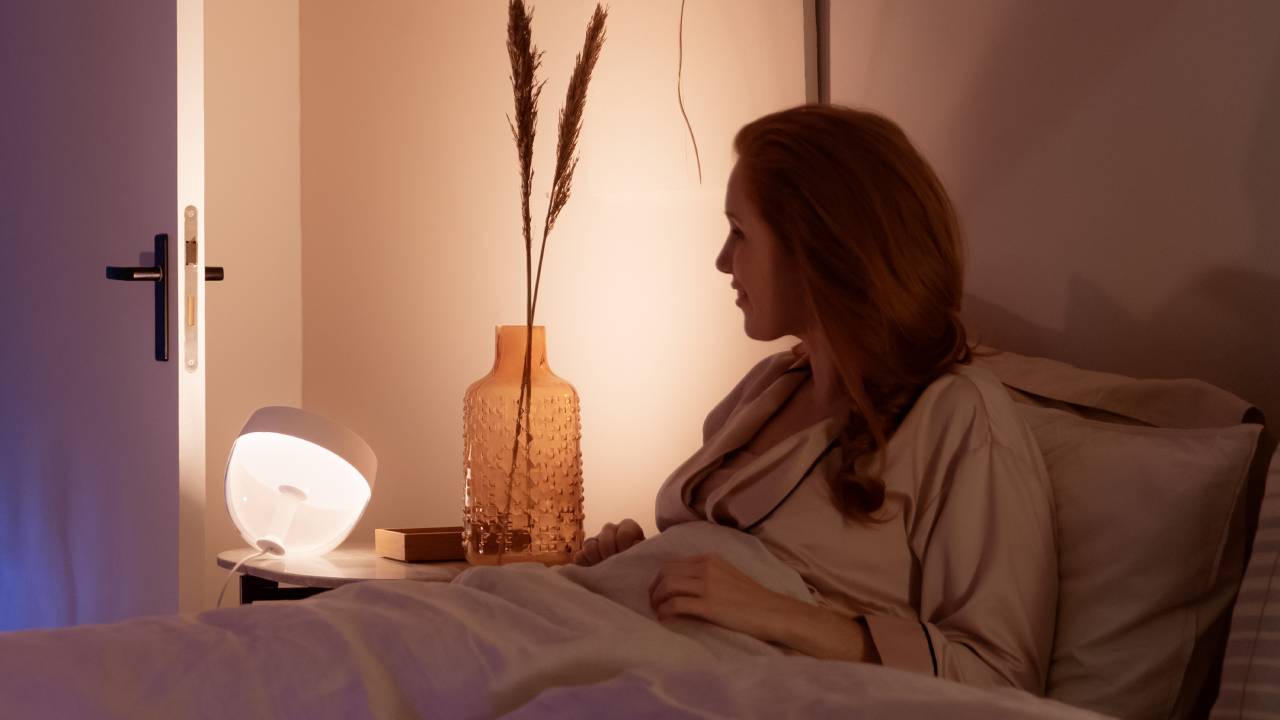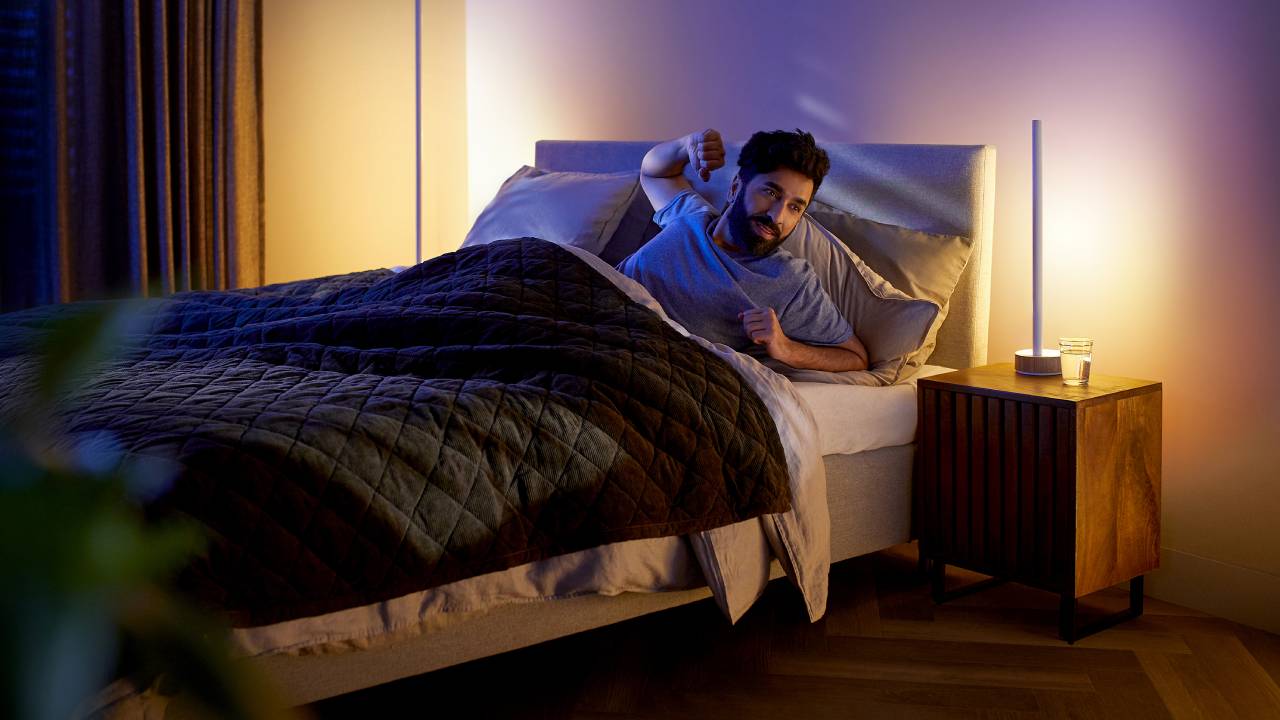
When it comes to getting a good night’s sleep, lighting is surprisingly important. Light is always around us and the amount and brightness of light that we consume every day helps support the body’s functions, like falling asleep and waking up in the morning.
The best wake up lights have become increasingly popular over the years, especially during the winter months where the sun rises later in the day. If you’re not sure what a wake up light is, they’re specially designed to wake you up more naturally by mimicking the rising of the sun. By brightening its light gradually, a wake up light helps regulate your body’s circadian rhythm and awakens you bit-by-bit.
While there are many brands that design and manufacture specially designed wake up lights, it turns out you can use your smart lighting to create your very own wake up light. If you’re interested in a wake up light and already have the best smart bulbs installed around your home, this is a handy way to make your own wake up and wind down schedules, plus you’re saving yourself an extra expense.
To find out more, I spoke to experts from Philips Hue about how important lighting is for sleep and how to use smart lighting products to create your own wake up light.
How to make a wake up light with smart bulbs
Philips Hue has many different smart light options available (as we discussed in our Philips Hue review and guide). Smart lighting for wellbeing is something that Philips Hue has developed as they’re well aware of the effect lighting has on health, wellness, alertness, mood and productivity. For those who already have Philips Hue smart bulbs (or any other brand), you can customise the brightness, colour, theme and set up schedules… so why not use them to signal when it’s time to wake up and go to sleep, too?
To make your own wake up light using smart lighting, it’s important to choose which bulb you want to use. For example, if you have a smart table lamp like the Philips Hue Go, this can easily sit on your bedside table and run through your schedule day after day. Alternatively, you can use a light bar like the Philips Hue Gradient Signe Floor Lamp which stands in the corner of your bedroom and wakes you up with the light and colours of morning. At a push, you could even use your ceiling light (although you’ll want to make sure you get the brightness levels right!)

Once you’ve picked your bulb, bar or strip of choice, you can start scheduling your morning and evening routines. Using the Philips Hue app (or another smart lighting brand’s app), choose the timing, brightness and theme of your light. Philips Hue has four light ‘recipes’ available – Energise, Concentrate, Read and Relax – or you can customise your own colours and ambience.
The most important part of a wake up light is that they gradually brighten to wake you up, so by the time your alarm goes off, your room is filled with bright light. To schedule this in, you’ll need to edit your automation setting in the app. Choose the time you want your alarm to go off and how long you want the fade duration to be for. For example, most wake up lights will brighten over half an hour, so if you set the automation for 7am, your smart bulb will start brightening around 6:30am.
Similarly, you can design your evening routine around your smart bulbs. Sunset lamps have been all over TikTok recently, as these small light projectors produce calming sunset-like effects on your bedroom wall in a range of colours. To help you wind down in the evening, all you need to do is set your smart bulb to gradually dim over half an hour, so your lights will completely switch off as you relax and fall asleep.
If you want to add to your Philips Hue collection, we’ve rounded up the latest deals on its smart lights below. Alternatively, if you want a proper wake up light, we have a full wake up light guide with popular options from Lumie, Beurer and Philips.







